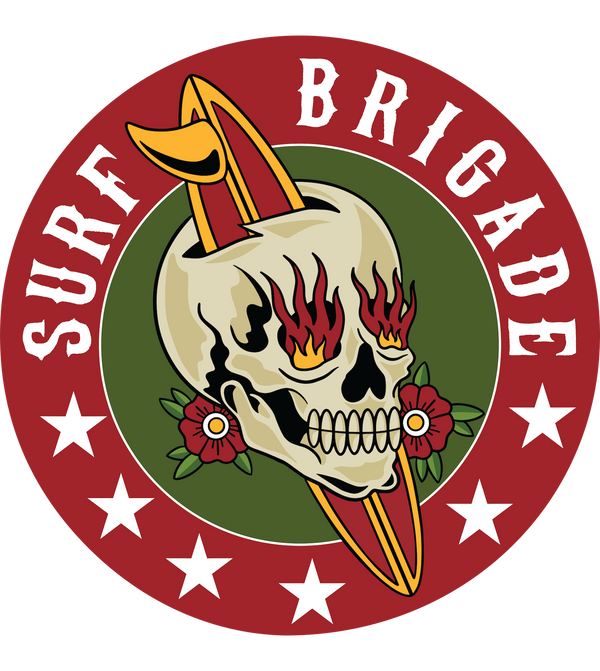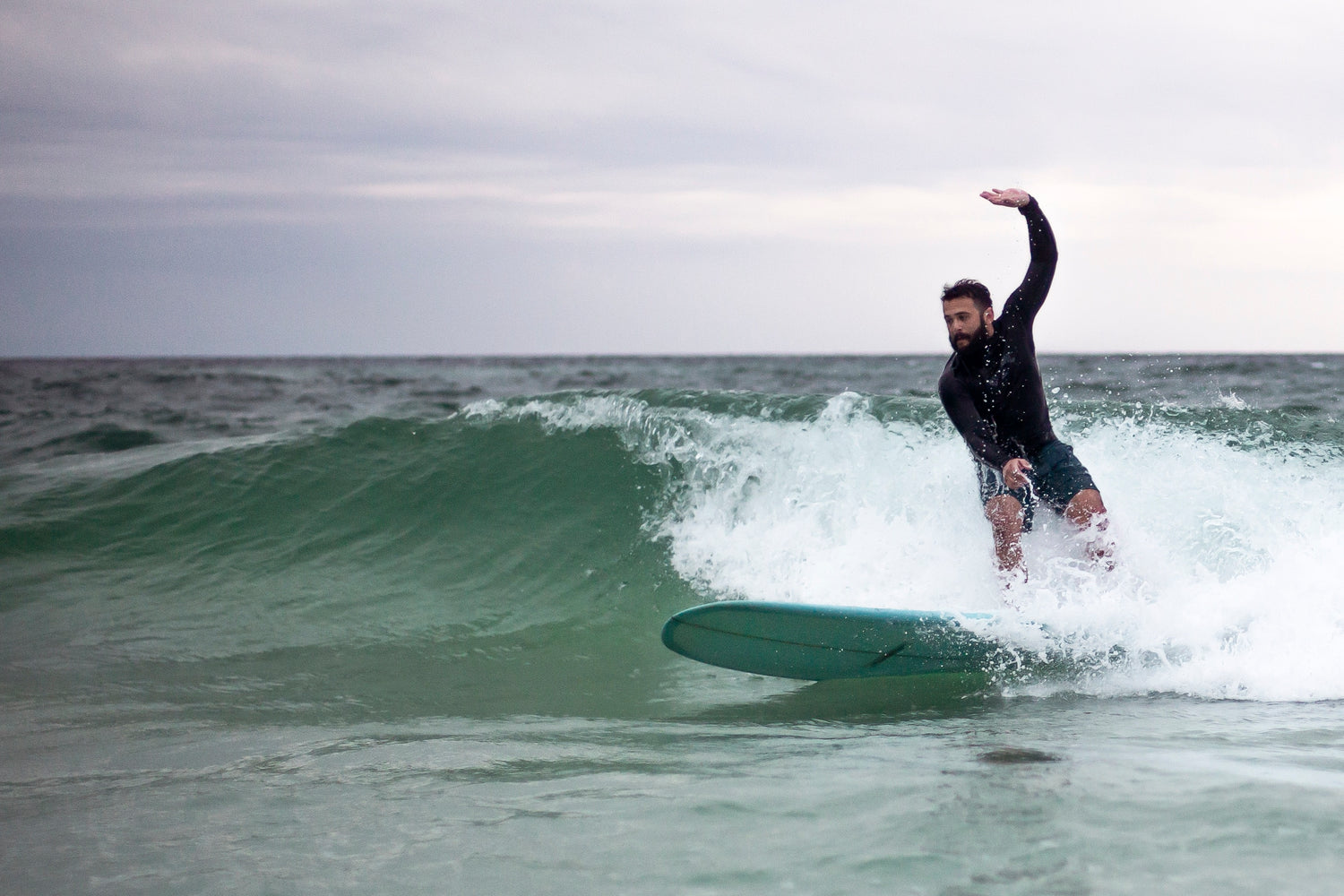Surfboards are designed to allow a surfer to ride and maneuver on the surface of ocean waves. They come in various shapes and sizes, each with specific characteristics that influence how they perform in different types of waves and conditions. The design and construction of surfboards have evolved over the years, leading to different types of surfboards for various skill levels and wave conditions. Some common types of surfboards include longboards, shortboards, fish boards, and gun boards, each with distinct features and purposes. Surfboards come in various shapes, sizes, and designs to cater to different styles of surfing and wave conditions. Here are some of the most common types of surfboards, their components and their definitions:
Fish: Fish surfboards are shorter and wider than traditional shortboards, with a unique swallowtail shape. They provide a good balance of speed and maneuverability and are well-suited for smaller, mushier waves.
Funboard: Funboards, also known as mini long boards, are a hybrid between longboards and shortboards. They are typically longer than shortboards but shorter than longboards. Funboards offer stability and ease of paddling while still allowing for some performance-oriented surfing.
Gun: Guns are specialized surfboards designed for riding larger and more powerful waves, often found in big wave spots. They have a streamlined shape with a pulled-in nose and tail, allowing surfers to handle steep drops and high speeds.
High-Density Foam: High-density Foam surf boards are constructed of high-density closed cell foam which offer more performance than a soft top board yet are more affordable than a traditional fiberglass or epoxy surfboard and are excellent for beginner and advanced surfers alike.
Leash: A cord that attaches the surfer's ankle to the surfboard, preventing the board from getting away.
Longboard (Log): Longboards are longer, more traditional surfboards with a rounded nose and a wide, stable platform. They offer a smooth and graceful style of surfing, emphasizing flow and control. Longboards are great for small to medium-sized waves and are often favored by beginners or those looking for a more relaxed surfing experience.
Shortboard: Shortboards are typically the most popular and versatile type of surfboard. They are characterized by their relatively short length, pointed nose, and sharp rails, allowing for quick and aggressive maneuvers on the wave. Shortboards are ideal for experienced surfers and perform well in steeper, more powerful waves.
Soft-Top: Soft-top surfboards have a foam deck and are often used for beginner lessons or for having fun in smaller waves. They offer extra buoyancy and safety compared to traditional hard-top boards.
Deck: The top surface of the surfboard, where the rider stands or lies while riding the waves.
Bottom: The underside of the surfboard, which is in contact with the water when riding.
Rails: The edges of the surfboard, running along the sides from nose to tail. The shape and thickness of the rails affect the board's stability, maneuverability, and responsiveness.
Nose: The front tip of the surfboard.
Tail: The back end of the surfboard. Surf Equipment
Stringer: A thin strip of wood or composite material that runs down the center of the surfboard, providing strength and stability.
Leash Plug: A small insert on the back of the surfboard where the leash is attached. The leash helps the surfer stay connected to the board after falling off, preventing it from drifting away.
Deck Pad/Traction Pad: A grippy, textured surface applied to the deck of the board to provide traction and grip for the surfer's feet.
Wax Deck: Some surfers prefer to apply surfboard wax to the deck for additional grip. Wax is rubbed onto the deck in a pattern to prevent slipping.
Volume: The amount of space inside the surfboard, often measured in liters. Volume influences the board's buoyancy, stability, and how it performs in the water.

